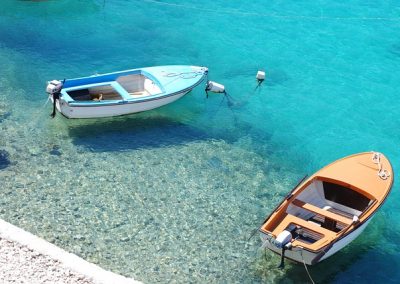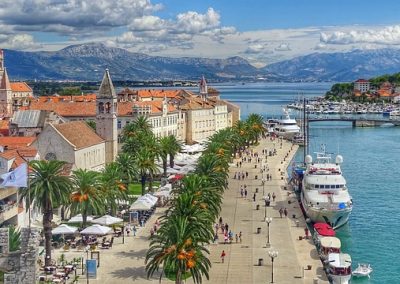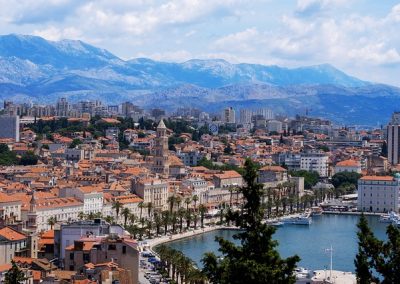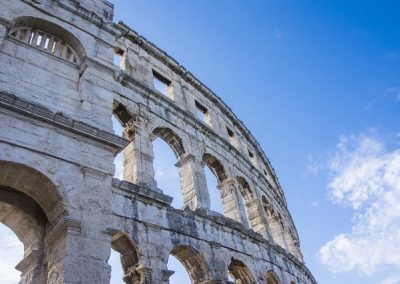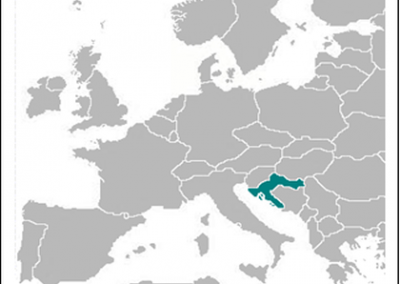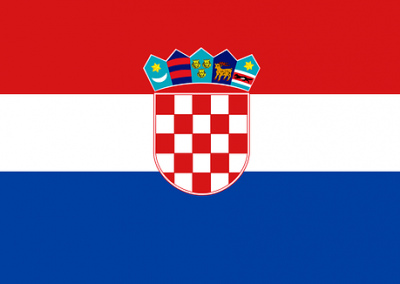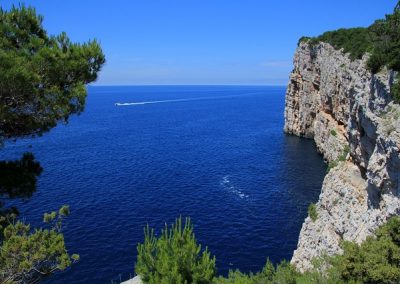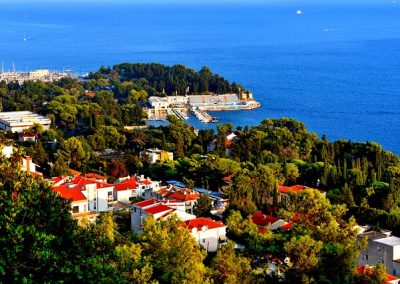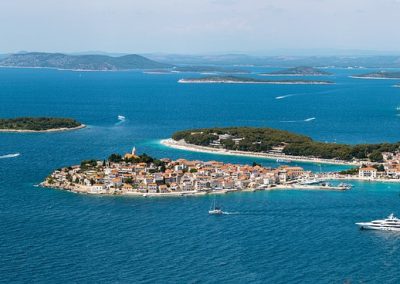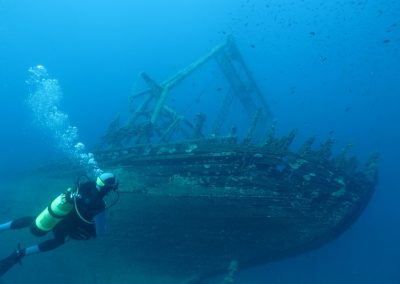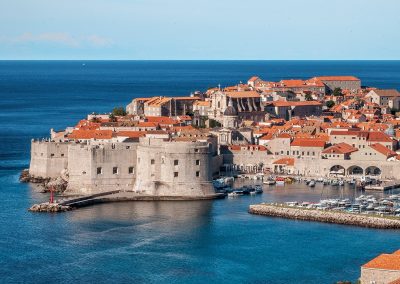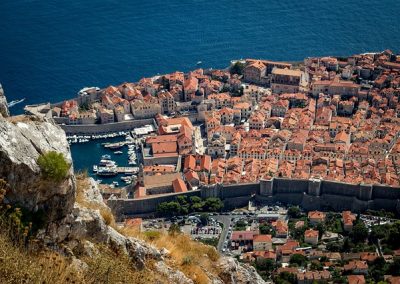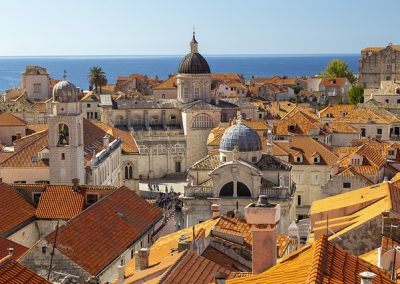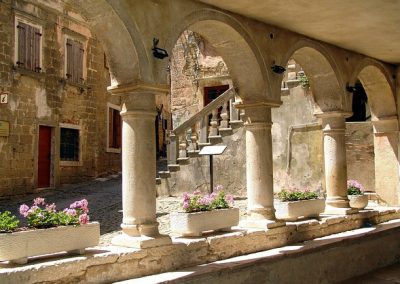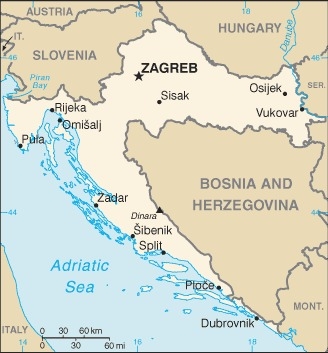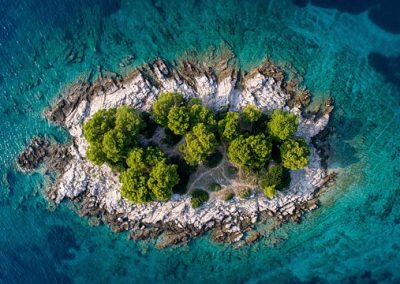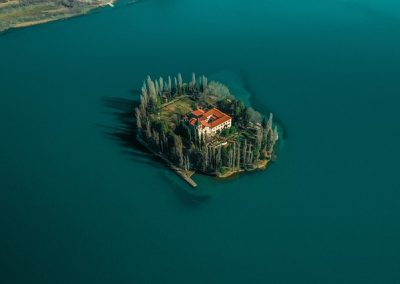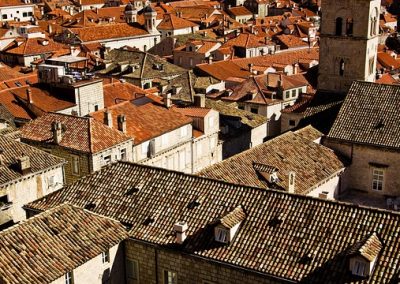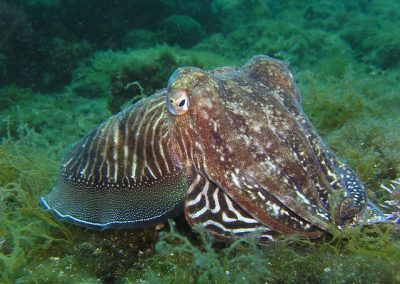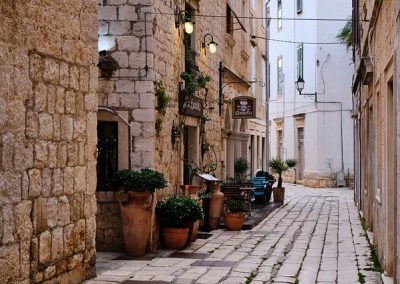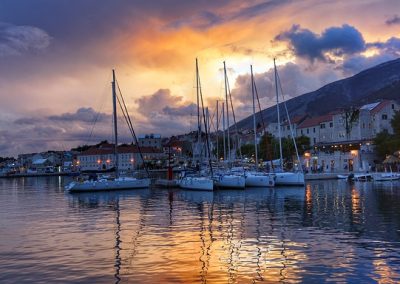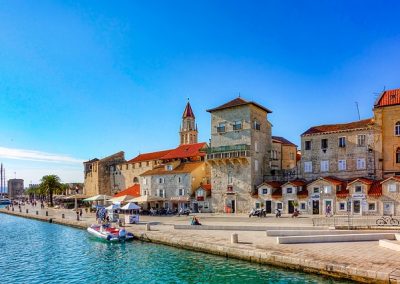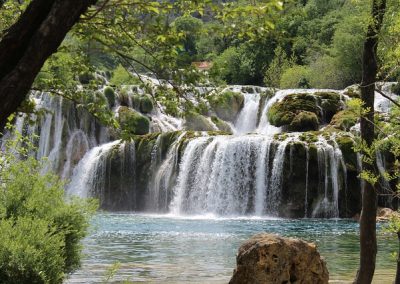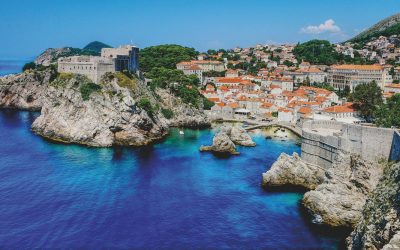Croatia (Republika Hrvatska (Republic of Croatia))
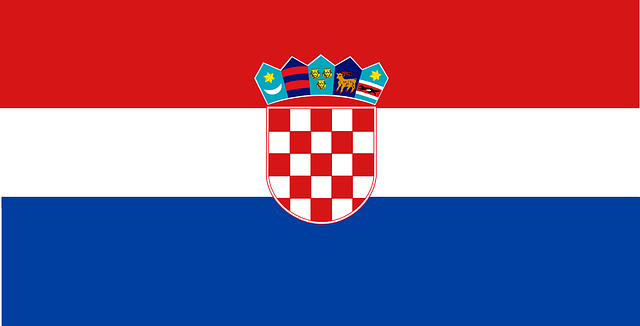
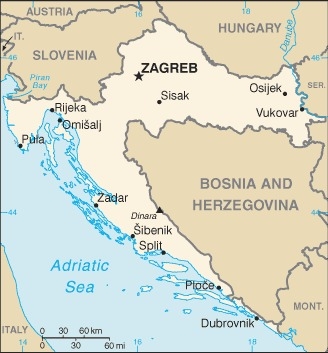
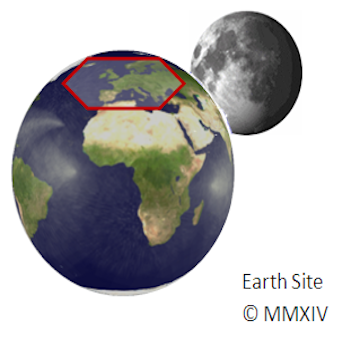
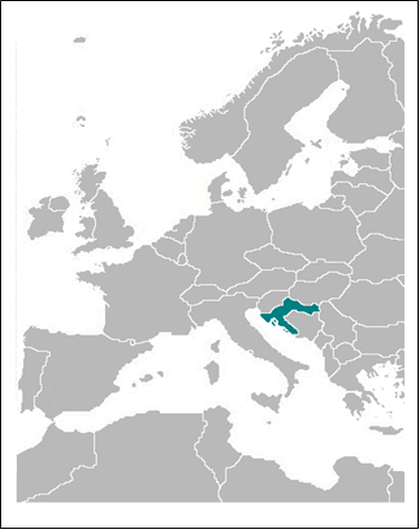
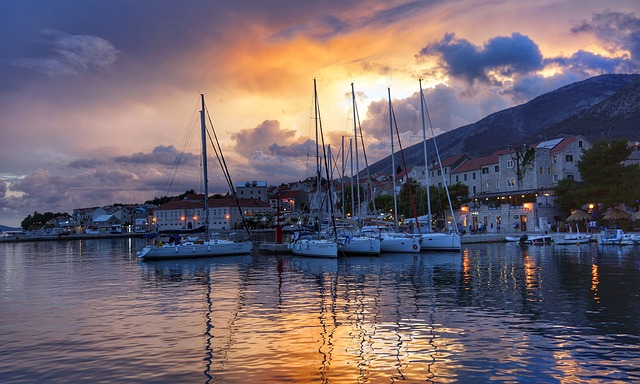
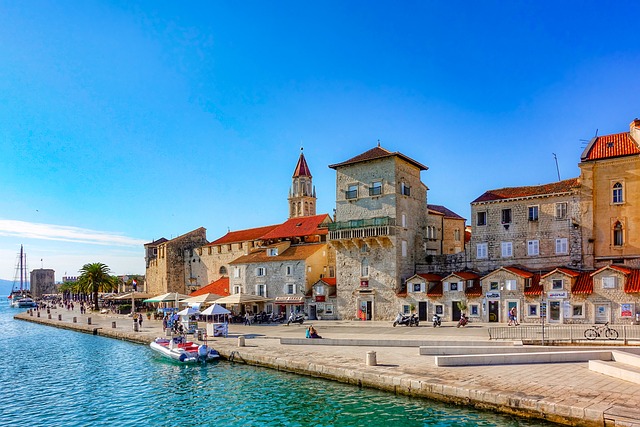
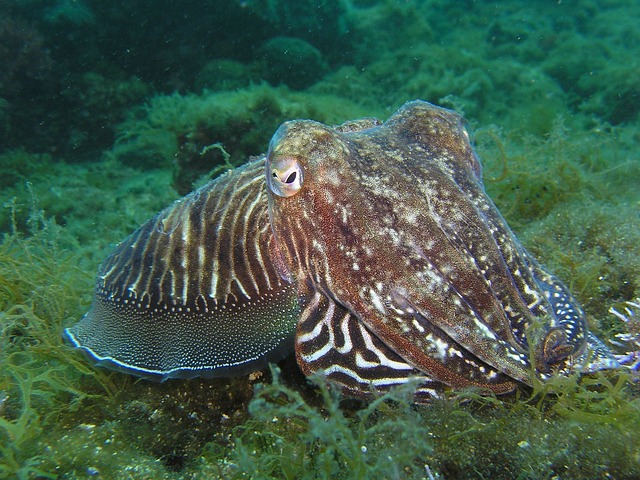
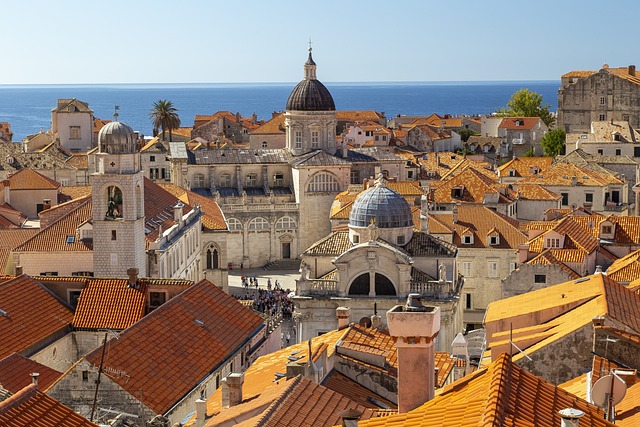
Capital: Zagreb
Population (Estimated July 2012): 4,480,043
Area: 56,954 km2 or 21,851 mi2
Currency: Kuna (Kn; plural Kune)
Official Language: Croatian
Political Information: Parliamentary Republic
Official Religion: No Official Religion (approximately 87.8% of the population are Roman Catholic, 4.4% are Orthadox, 1.3% are Muslim, 1.3% have other religious beliefs and 5.2% have no religious beliefs)
Highest Mountain: Dinara at 1,831m or 6,007ft
Time Zone (GMT/UTC): +1:00
Wildlife:
Counties/Provinces/States: 20 counties (zupanije, zupanija – singular) and 1 city* (grad – singular); Bjelovarsko-Bilogorska, Brodsko-Posavska, Dubrovacko-Neretvanska (Dubrovnik-Neretva), Istarska (Istria), Karlovacka, Koprivnicko-Krizevacka, Krapinsko-Zagorska, Licko-Senjska (Lika-Senj), Medimurska, Osjecko-Baranjska, Pozesko-Slavonska (Pozega-Slavonia), Primorsko-Goranska, Sibensko-Kninska, Sisacko-Moslavacka, Splitsko-Dalmatinska (Split-Dalmatia), Varazdinska, Viroviticko-Podravska, Vukovarsko-Srijemska, Zadarska, Zagreb*, Zagrebacka
Leaders: President is Ivo Josipović with Zoran Milanović as Prime Minister.
Croatia
Croatia, located in southeastern Europe, is a stunning country known for its beautiful landscapes, rich history, vibrant cities, and delicious cuisine. Situated on the eastern coast of the Adriatic Sea, Croatia shares borders with Slovenia, Hungary, Serbia, Bosnia and Herzegovina, and Montenegro. The country’s geography is diverse, with a mix of mountains, plains, and a stunning coastline that stretches over 1,100 miles.
Croatia has become an increasingly popular tourist destination in recent years, attracting visitors from all over the world. The country offers a wide range of attractions and activities for every type of traveller. From exploring ancient ruins and historical sites to relaxing on pristine beaches and indulging in delicious local cuisine, Croatia has something for everyone.
Croatia’s Rich History and Culture: From Ancient Times to Modern Day
Croatia has a rich and diverse history that dates back thousands of years. The region was inhabited by various tribes and civilizations throughout history, including the Illyrians, Romans, Byzantines, Venetians, Ottomans, and Austro-Hungarians. Each of these civilizations has left its mark on the country’s culture and architecture.
One of the most significant periods in Croatia’s history was during the Roman Empire when the region was known as Illyricum. Many Roman ruins can still be found throughout the country, including the impressive Diocletian’s Palace in Split. The palace is a UNESCO World Heritage Site and is one of the best-preserved Roman buildings in the world.
Croatia’s cultural heritage is also incredibly diverse. Traditional music and dance play an important role in Croatian culture, with various regional styles and instruments. The country is also known for its vibrant art scene, with many talented artists producing unique works inspired by Croatia’s natural beauty and rich history.
Exploring Croatia’s Stunning Natural Landscapes and National Parks
Croatia is blessed with an abundance of natural beauty, from its crystal-clear lakes and waterfalls to its lush forests and mountains. The country is home to several national parks, each offering a unique and breathtaking experience.
One of the most famous national parks in Croatia is Plitvice Lakes National Park. Located in central Croatia, the park is known for its cascading waterfalls, turquoise lakes, and lush vegetation. Visitors can explore the park on foot or by boat, taking in the stunning scenery and wildlife along the way.
Another must-visit national park is Krka National Park, located along the Krka River in southern Croatia. The park is famous for its series of waterfalls, including the iconic Skradinski Buk waterfall. Visitors can swim in the crystal-clear waters, hike along the park’s trails, or take a boat tour to explore the park’s many attractions.
The Adriatic Coastline: Croatia’s Best Beaches and Seaside Towns
Croatia’s coastline is one of the most beautiful in Europe, with crystal-clear waters, sandy beaches, and charming seaside towns. The country boasts over 1,000 islands, each offering its own unique charm and beauty.
One of the most famous beaches in Croatia is Zlatni Rat, located on the island of Brač. Known as the Golden Horn, this stunning beach stretches out into the sea and changes shape depending on the currents and winds. It is a popular spot for sunbathing, swimming, and water sports.
Hvar Island is another popular destination along Croatia’s coastline. Known for its vibrant nightlife and beautiful beaches, Hvar attracts visitors from all over the world. The island is also home to several historical sites, including a medieval fortress and a 16th-century cathedral.
Seaside towns such as Rovinj and Trogir are also worth a visit. Rovinj, located on the Istrian Peninsula, is known for its charming old town, colourful buildings, and beautiful beaches. Trogir, a UNESCO World Heritage Site, is famous for its well-preserved medieval architecture and stunning waterfront.
Discovering Croatia’s Delicious Cuisine: Traditional Dishes and Local Specialties
Croatian cuisine is a delightful blend of Mediterranean and Central European flavours, with an emphasis on fresh ingredients and simple yet delicious dishes. The country’s coastal regions are known for their seafood dishes, while the inland areas offer hearty meat dishes and traditional specialities.
Seafood lovers will be in heaven in Croatia, with an abundance of fresh fish, shellfish, and crustaceans available. Grilled fish, octopus salad, and black risotto made with cuttlefish ink are just a few of the delicious seafood dishes to try.
Meat lovers will also find plenty to enjoy in Croatia. Traditional dishes such as Ćevapi (grilled minced meat), Peka (slow-cooked meat and vegetables), and Sarma (cabbage rolls stuffed with meat) are popular throughout the country.
Croatia is also known for its local specialities, such as truffles and Pag cheese. Truffles are a delicacy found in Istria, and they are used to flavour various dishes, including pasta and risotto. Pag cheese is a unique sheep’s milk cheese produced on the island of Pag and is known for its distinct flavour.
Croatia’s Vibrant Cities: Zagreb, Split, Dubrovnik, and More
Croatia’s cities are a fascinating mix of history, culture, and modernity. Each city has its own unique charm and attractions that make it worth a visit.
The capital city of Zagreb is a vibrant metropolis with a rich history and a lively arts scene. Visitors can explore the city’s historic Upper Town, visit the beautiful St. Mark’s Church, and wander through the bustling Dolac Market. Zagreb is also known for its museums and galleries, including the Museum of Broken Relationships and the Museum of Contemporary Art.
Split, located on the Dalmatian Coast, is another must-visit city in Croatia. The city is famous for its stunning waterfront promenade, known as the Riva, and its well-preserved Roman ruins. The highlight of Split is Diocletian’s Palace, a UNESCO World Heritage Site that was built by the Roman Emperor Diocletian in the 4th century. Today, the palace is a bustling neighbourhood filled with shops, restaurants, and historical sites.
Dubrovnik, often referred to as the “Pearl of the Adriatic,” is one of Croatia’s most popular tourist destinations. The city’s Old Town is a UNESCO World Heritage Site and is known for its well-preserved medieval walls and stunning architecture. Visitors can walk along the city walls, visit historical sites such as the Rector’s Palace and the Franciscan Monastery, or simply relax on one of the city’s beautiful beaches.
Croatia’s Sports and Recreation: Hiking, Skiing, Sailing, and More
Croatia offers a wide range of outdoor activities for adventure enthusiasts. From hiking in the mountains to skiing in the winter and sailing along the coast, there is something for everyone to enjoy.
The country’s mountainous regions are perfect for hiking and exploring nature. The Velebit Mountain Range offers stunning views and challenging trails for experienced hikers. The Paklenica National Park is another popular hiking destination, with its rugged cliffs and deep canyons.
During the winter months, visitors can enjoy skiing and snowboarding in Croatia’s mountain resorts. The Platak Ski Resort near Rijeka and the Sljeme Ski Resort near Zagreb are popular choices for winter sports enthusiasts.
Croatia’s coastline is perfect for water sports such as sailing, kayaking, and windsurfing. The crystal-clear waters of the Adriatic Sea provide the perfect backdrop for these activities. Visitors can rent a boat or kayak and explore the hidden coves and secluded beaches along the coast.
Croatia’s Festivals and Events: Celebrating Music, Art, and Culture
Croatia is known for its vibrant festivals and events that celebrate music, art, and culture. From classical music concerts to film festivals and traditional dance performances, there is always something happening in Croatia.
The Dubrovnik Summer Festival is one of the country’s most famous cultural events. Held annually from July to August, the festival features a wide range of performances, including theatre, music, dance, and opera. The festival takes place in various venues throughout the city, including the historic Fort Lovrijenac and the Rector’s Palace.
The Zagreb Film Festival is another popular event in Croatia. Held in November, the festival showcases a selection of international and Croatian films. Visitors can attend screenings, meet filmmakers, and participate in workshops and discussions.
Traditional music and dance performances are also a highlight of Croatian culture. Many towns and cities host folk festivals throughout the year, where visitors can experience traditional music, dance, and costumes. These festivals are a great way to immerse yourself in Croatian culture and learn more about the country’s rich heritage.
Croatia’s Wine and Beer: Tasting the Best of the Local Brews
Croatia has a long tradition of winemaking and brewing, with a wide variety of wines and beers to choose from. The country’s diverse climate and fertile soil make it an ideal location for vineyards and breweries.
Croatian wines are gaining international recognition for their quality and unique flavours. The country produces a wide range of wines, from crisp white wines to full-bodied reds. Some of the most popular grape varieties include Plavac Mali, Malvazija, and Graševina. Visitors can visit local wineries and vineyards to taste the best of Croatian wines and learn about the winemaking process.
Beer lovers will also find plenty to enjoy in Croatia. The country has a growing craft beer scene, with many small breweries producing unique and flavorful beers. Ožujsko and Karlovačko are two of the most popular Croatian beer brands, known for their refreshing taste and high quality.
Planning Your Trip to Croatia: Tips and Recommendations for a Memorable Experience
When planning your trip to Croatia, there are a few things to keep in mind to ensure a memorable experience.
The best time to visit Croatia is during the spring (April to June) and autumn (September to October) when the weather is mild, and the crowds are smaller. The summer months (July and August) are the peak tourist season, with higher temperatures and larger crowds.
Getting around Croatia is relatively easy, with a well-developed transportation system. The country has an extensive network of buses and trains that connect major cities and towns. Renting a car is also a popular option for exploring the country at your own pace.
When it comes to accommodations, Croatia offers a wide range of options to suit every budget. From luxury hotels and resorts to budget-friendly guesthouses and apartments, there is something for everyone. It is recommended to book your accommodations in advance, especially during the peak tourist season.
As with any travel destination, it is important to stay safe while visiting Croatia. Be aware of your surroundings, especially in crowded areas, and take precautions to protect yourself and your belongings. It is also advisable to have travel insurance that covers medical expenses and trip cancellations.
In conclusion, Croatia is a beautiful country in Europe that offers a wide range of attractions and activities for every type of traveller. From its stunning natural landscapes and national parks to its vibrant cities, delicious cuisine, and rich history and culture, Croatia has something for everyone. Whether you are interested in exploring ancient ruins, relaxing on pristine beaches, or indulging in delicious local cuisine, Croatia is sure to leave you with unforgettable memories.
FAQs
What is Croatia?
Croatia is a country located in Southeast Europe. It is bordered by Slovenia, Hungary, Serbia, Bosnia and Herzegovina, and Montenegro. Its capital city is Zagreb.
What is the population of Croatia?
As of 2021, the estimated population of Croatia is around 4 million people.
What is the official language of Croatia?
The official language of Croatia is Croatian.
What is the currency of Croatia?
The currency of Croatia is the Croatian kuna (HRK).
What is the climate like in Croatia?
Croatia has a Mediterranean climate along the coast and a continental climate in the interior. Summers are hot and dry, while winters are mild and wet.
What are some popular tourist destinations in Croatia?
Some popular tourist destinations in Croatia include Dubrovnik, Split, Hvar, Plitvice Lakes National Park, and the Istrian Peninsula.
What is the religion of Croatia?
The majority of the population in Croatia is Roman Catholic.
What is the government system of Croatia?
Croatia is a parliamentary democracy with a president as the head of state and a prime minister as the head of government.
What is the economy of Croatia like?
Croatia has a mixed economy with a strong service sector, particularly in tourism. Other important industries include manufacturing, agriculture, and energy.
Climate Zones Of Croatia: Different Climate Regions Of Croatia
Croatia, located in Southeast Europe, is known for its stunning landscapes, diverse ecosystems, and rich cultural heritage. The country’s geography is characterized by a mix of coastal areas, mountains, and plains, which contribute to its varied climate zones....
Political Boundaries of Croatia: Provinces, Districts, or Historical Boundaries.
Political boundaries are defined as the lines that separate one political entity from another. These boundaries are crucial in defining a country’s identity as they determine the extent of its territory and sovereignty. In the case of Croatia, political...
Terrain and Topography of Croatia: mountains, valleys, and plains.
Croatia is a country known for its stunning natural beauty, and much of this can be attributed to its diverse topography. From towering mountain ranges to picturesque coastal mountains, Croatia offers a wide range of landscapes for visitors to explore. Understanding...
History of Croatia
Croatia, located in Southeast Europe, has a rich and diverse cultural heritage that has been shaped by its unique geographical location and historical events. Situated at the crossroads of Central Europe, the Mediterranean, and the Balkans, Croatia has been influenced...
Natural Resources of Croatia: Where Natural Resources are Located in Croatia
Croatia, located in Southeast Europe, is a country known for its stunning natural beauty. From its crystal-clear waters along the Adriatic coast to its lush forests and diverse wildlife, Croatia is blessed with a wide range of natural resources. These resources play a...
History of Croatia
Croatia, located in Southeast Europe, has a rich and complex history that spans thousands of years. From its early settlements to its modern-day status as a member of the European Union, understanding Croatia’s past is crucial in comprehending its present. This...
Population Density of Croatia
Croatia, located in Southeast Europe, has a population density of approximately 73 people per square kilometer. While this may seem relatively low compared to other European countries, it is important to understand the factors influencing population density in order...
Cultural or Historical Sites of Croatia: Important Cultural Landmarks or Historical Sites in Croatia
Introduction Croatia is a country with a rich history and cultural heritage that spans centuries. From its ancient Roman ruins to its medieval walled cities, Croatia is home to numerous landmarks and attractions that showcase its unique heritage. It is important to...
Discovering the Charm of Croatia: A Journey through its Stunning Landscapes and Rich Culture
Croatia, located in Southeast Europe, is a country known for its stunning natural beauty, rich history, and vibrant culture. With a diverse landscape that includes a breathtaking coastline along the Adriatic Sea, picturesque islands, lush national parks, and charming...
